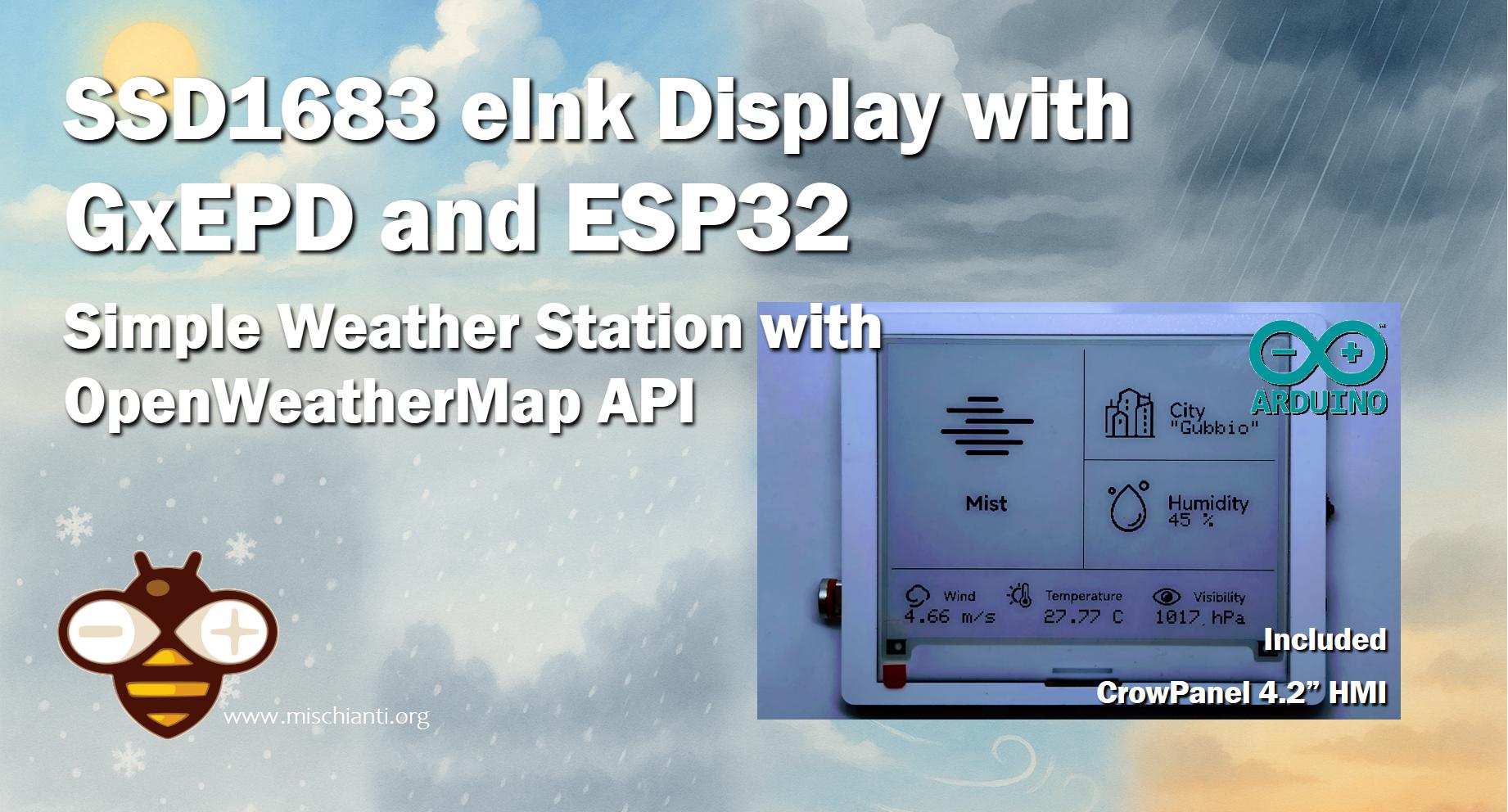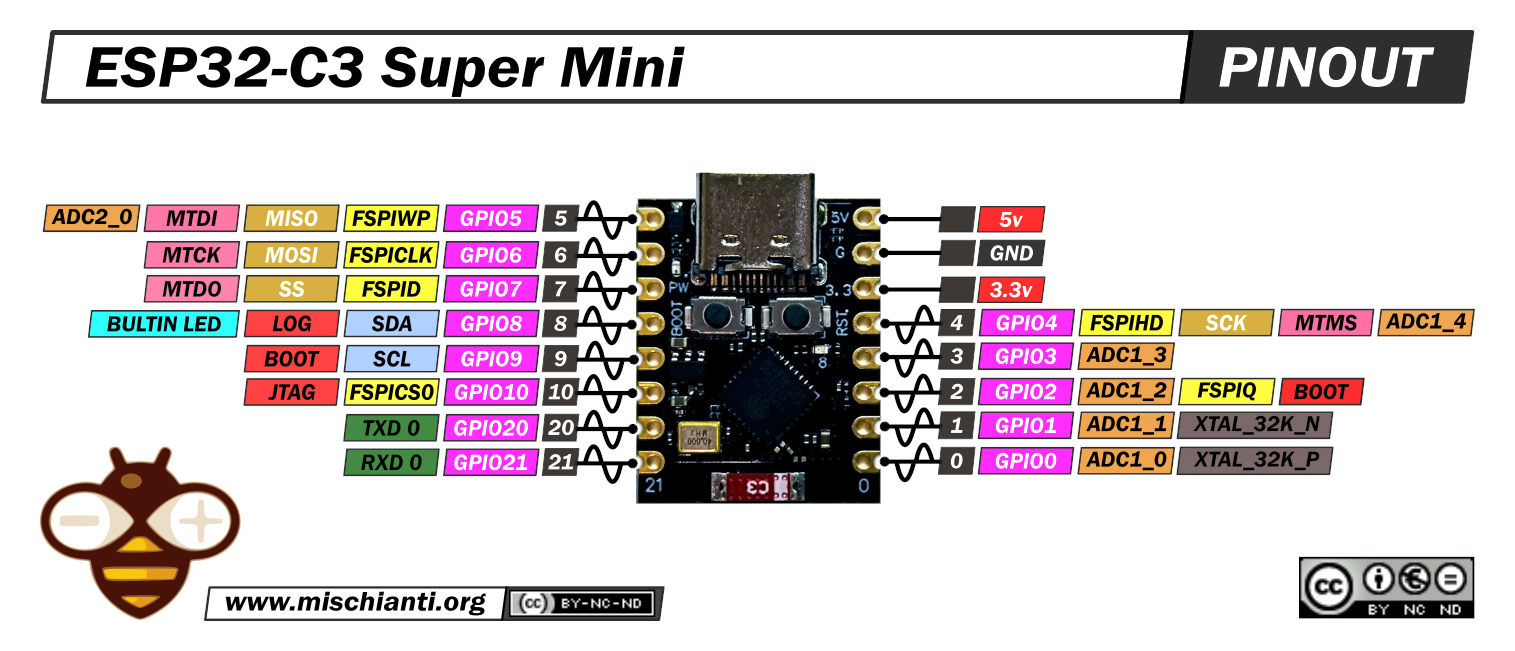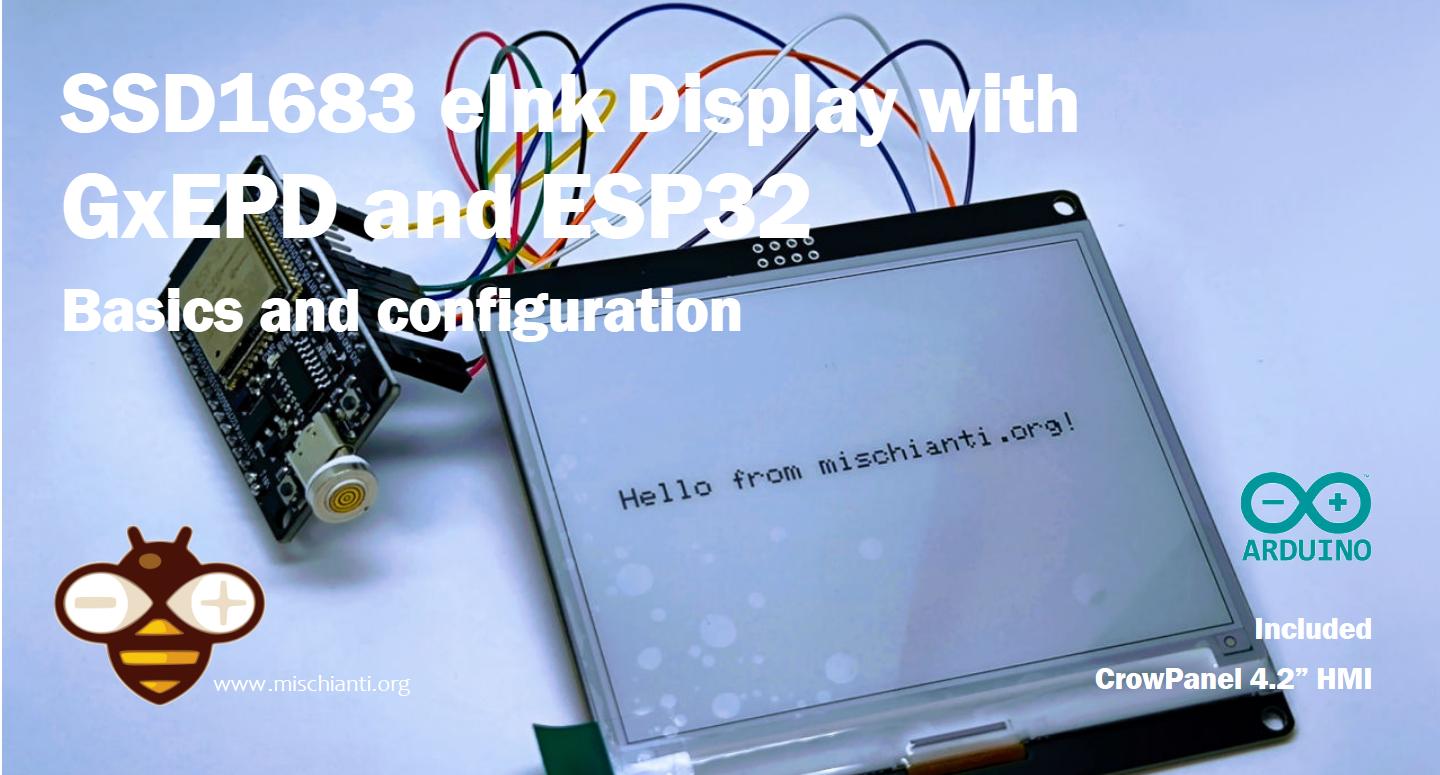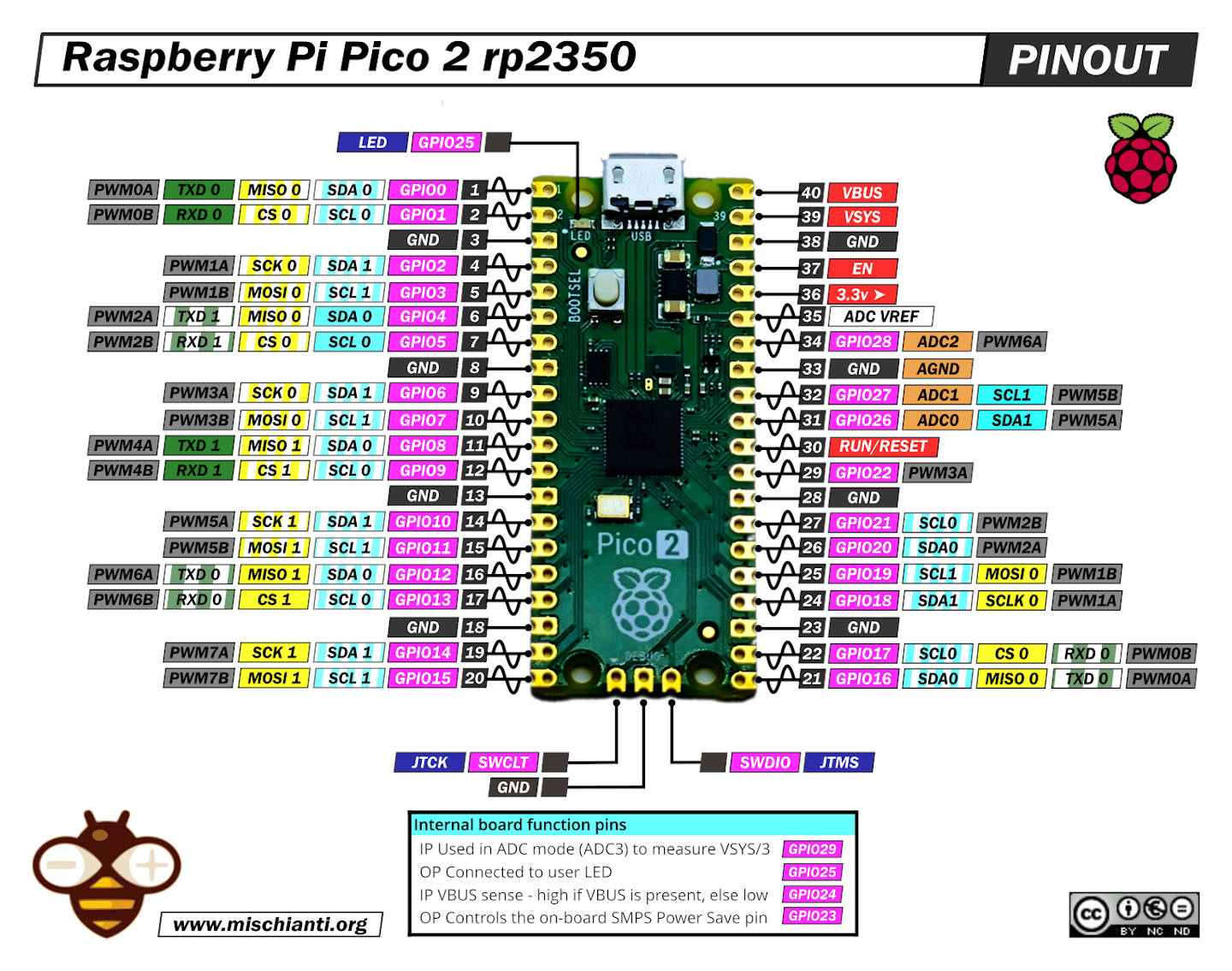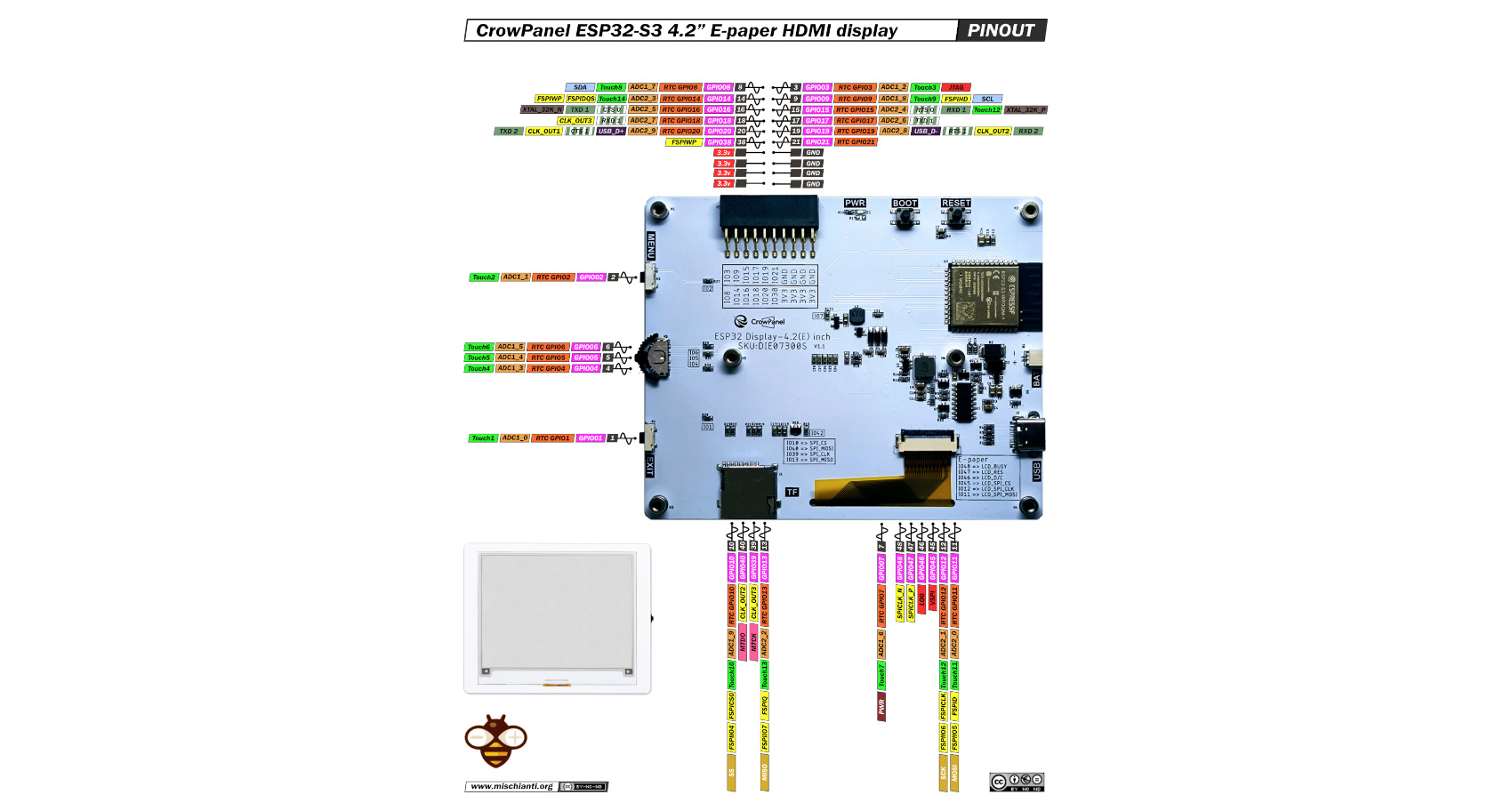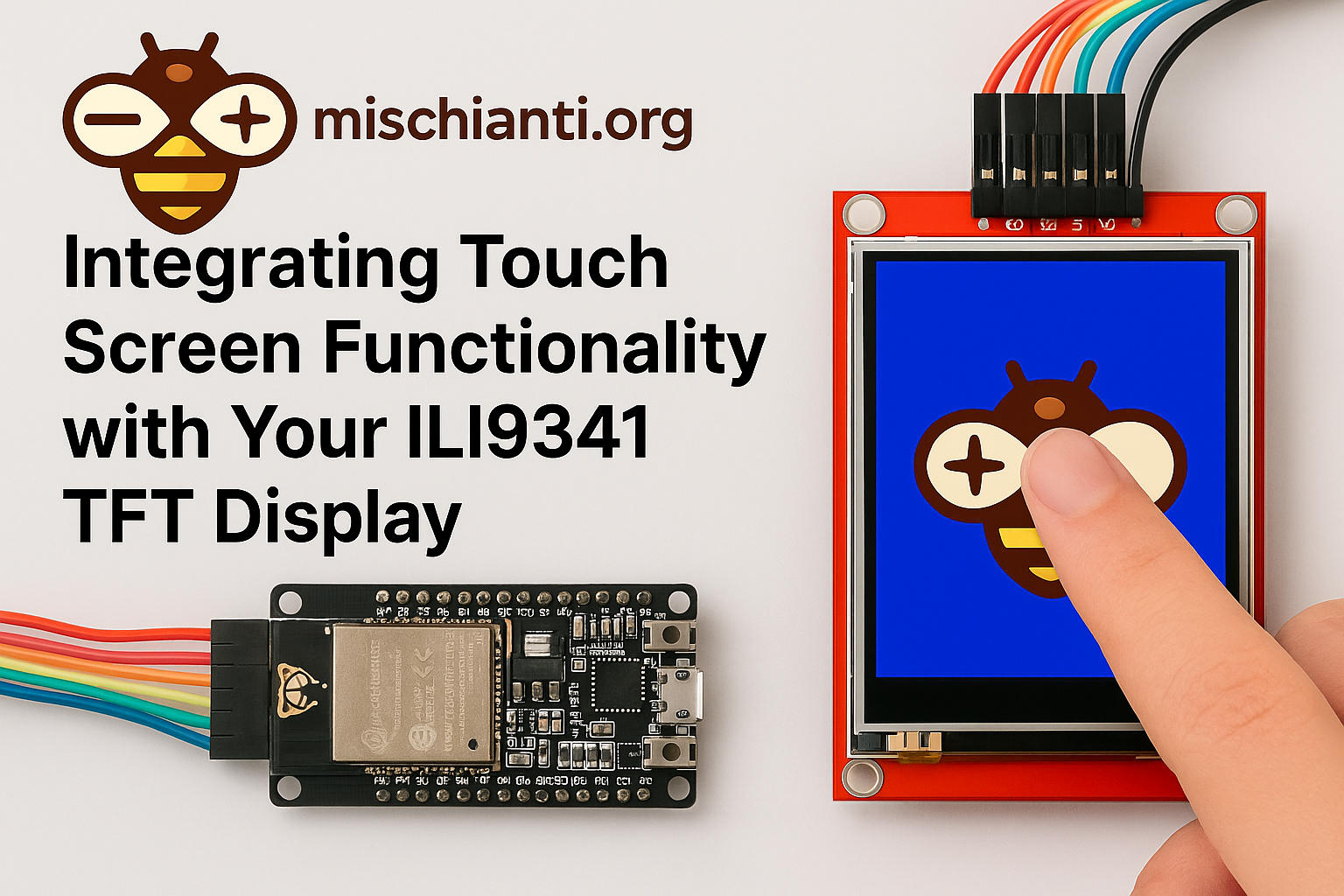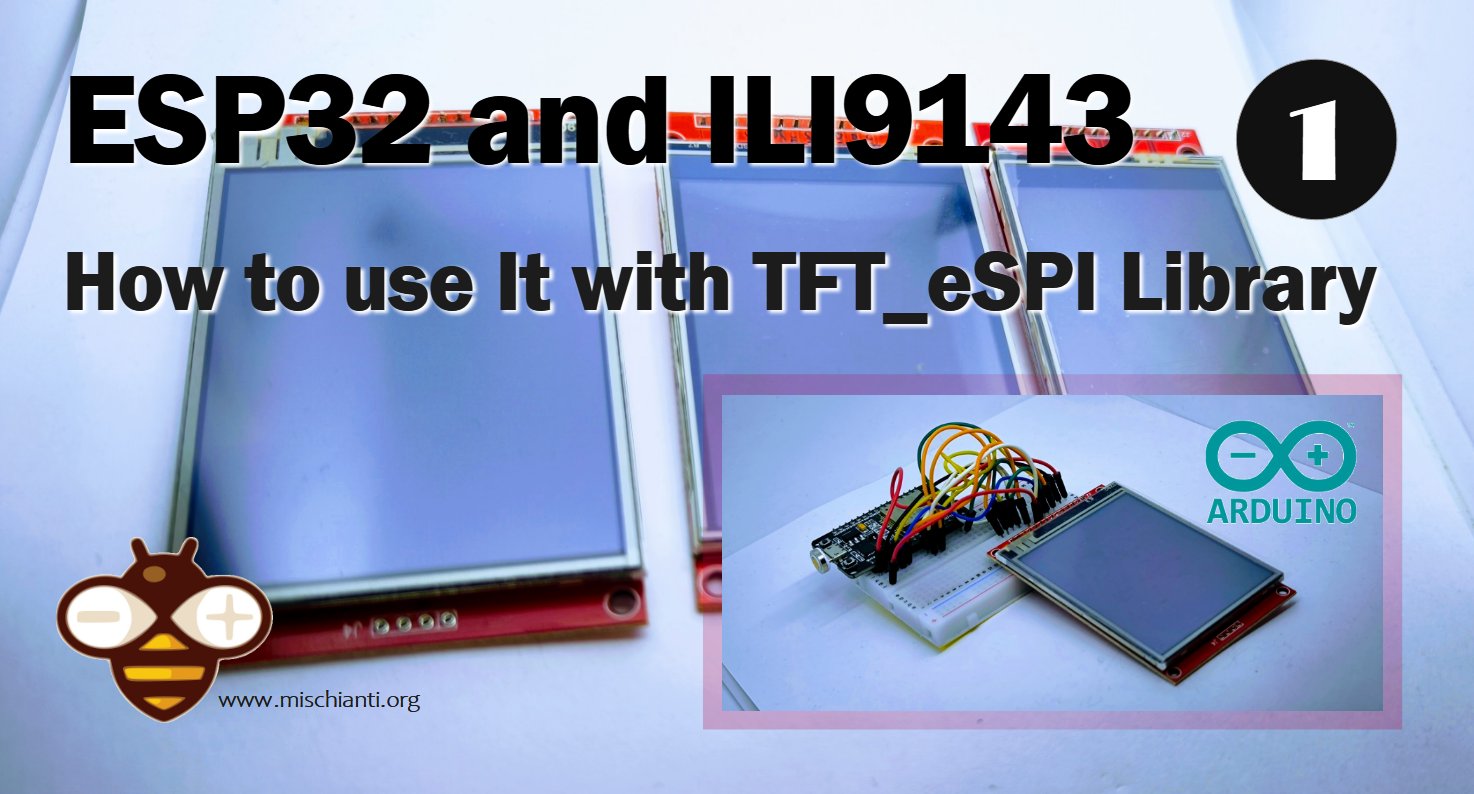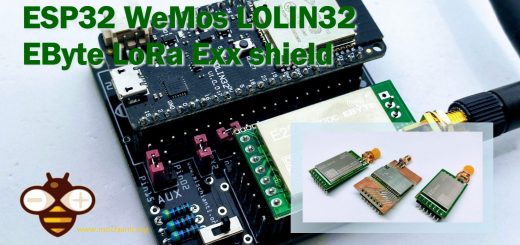SSD1683 eInk Display with GxEPD and ESP32 (and CrowPanel 4.2″ HMI): Simple Weather Station with OpenWeatherMap API
This article shows how to build a simple weather station using an ESP32 and a 4.2″ SSD1683 eInk display, powered by the GxEPD2 library and the OpenWeatherMap API. A low-power project that displays real-time temperature, humidity, wind, and pressure.

